Good Morning,
I work in a department that shares VBA and VB applications (who doesn’t). There is one particular programer here who uses #’s and &’s when using constants, for example:
dim lnArray(1& to 10&) as integer
Why the ‘1&’ instead of just using ‘1’?
Where can I get a listing of all of these codes and what they mean?
Have you tried searching the help file for ‘&’?
Cheers


